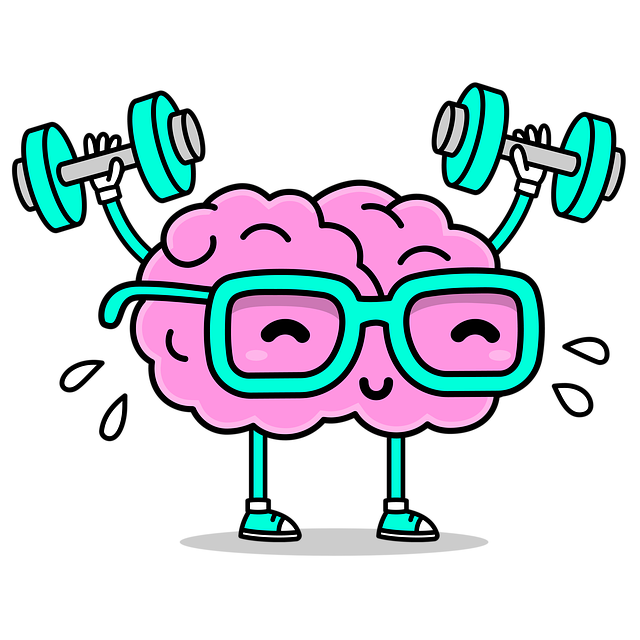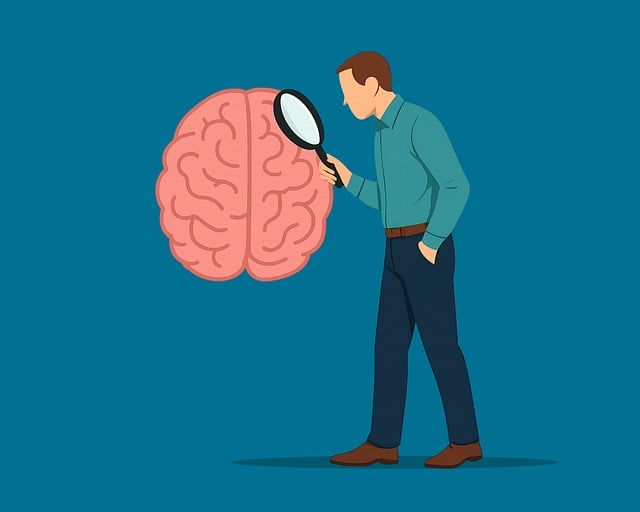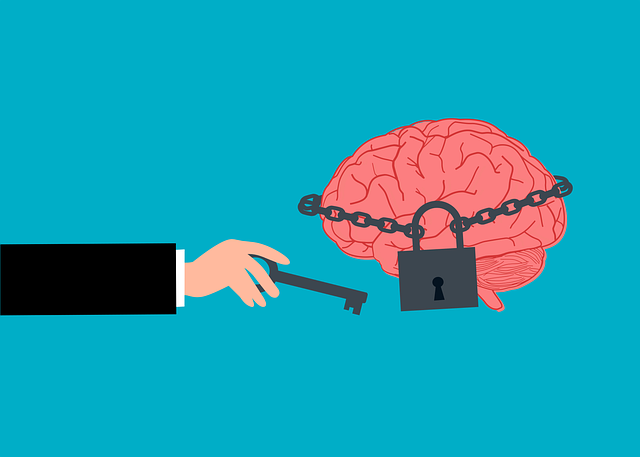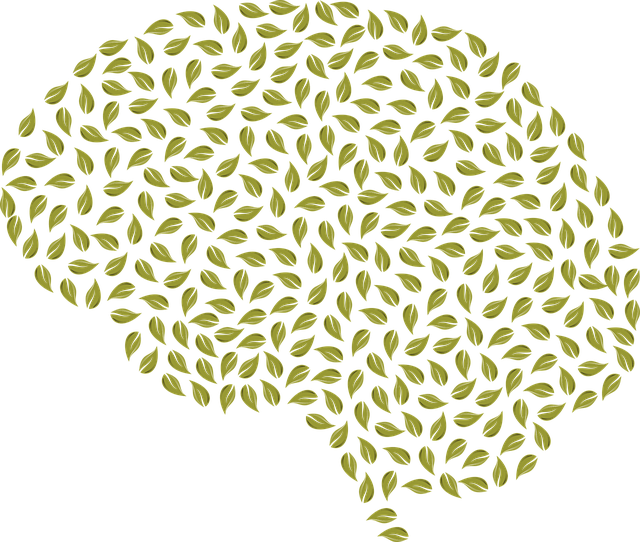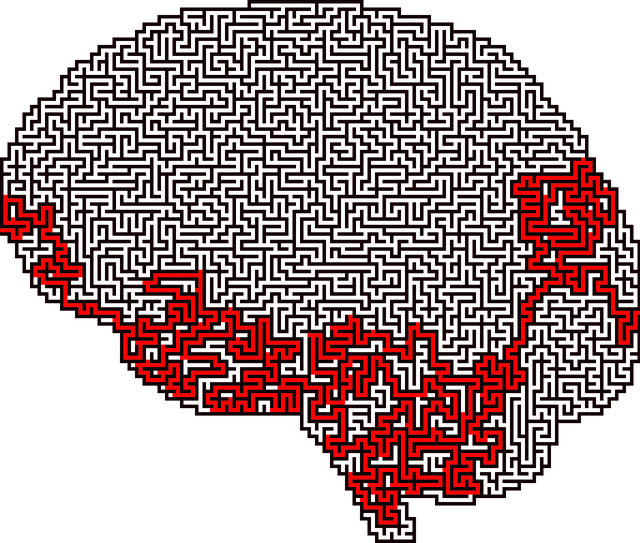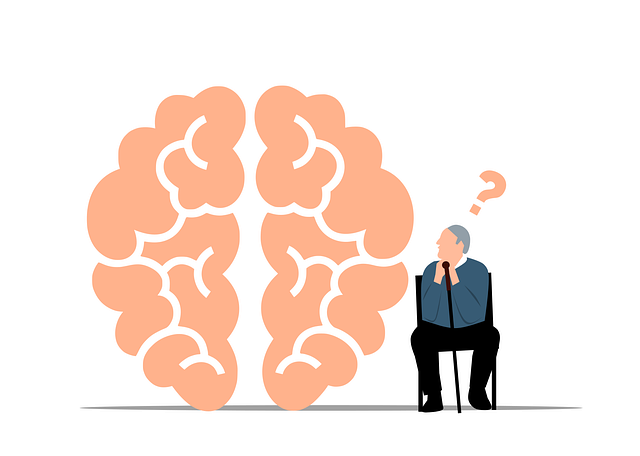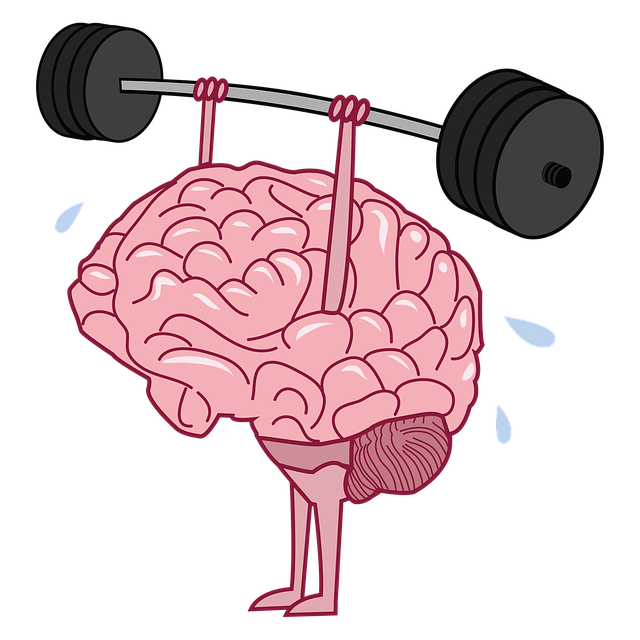The RFM model, categorizing ASD individuals by engagement, contact frequency, and expenditure, aids therapists in designing personalized Mental Health Education Programs focusing on emotional intelligence and resilience-building for optimal well-being. Centennial Autism Spectrum Disorder Therapy incorporates structured activities like conflict resolution and mindfulness exercises to enhance social interactions and emotional regulation. Integrating RFM techniques in clinical settings provides a framework for supporting ASD individuals' mental wellness, with tailored practices such as guided meditations, cultural competency training, and Crisis Intervention Guidance, fostering resilience and long-term benefits. Future advancements may include innovative technologies and personalized interventions.
“Unleashing resilience is a powerful tool in supporting individuals on the autism spectrum. This article explores the innovative approach of RFM (Resilience, Flexibility, and Motivation) and its potential in enhancing therapy for Centennial Autism Spectrum Disorder (ASD) clients. We delve into how specific exercises can improve coping strategies, offering a practical guide for clinical implementation. By understanding RFM’s relevance to ASD therapy, practitioners can unlock long-term benefits, fostering greater independence and overall well-being for those on the spectrum.”
- Understanding RFM and Its Relevance to ASD Therapy
- The Role of Resilience Building Exercises for Children with ASD
- Implementing RFM in the Clinical Setting: Practical Steps
- Long-Term Benefits and Future Directions in Centennial ASD Therapy
Understanding RFM and Its Relevance to ASD Therapy

The RFM model—a powerful tool in understanding client behavior—has gained significant attention in the field of autism spectrum disorder (ASD) therapy, particularly when tailored to Centennial Autism Spectrum Disorder Therapy approaches. This framework categorizes individuals based on their Recency of engagement, Frequency of contact, and Monetary expenditure related to a service or activity. By applying this model, therapists can gain valuable insights into the motivation and commitment levels of their ASD clients.
For instance, in designing Mental Health Education Programs, recognizing that emotional intelligence is a key component for many individuals with ASD becomes essential. The RFM analysis allows therapists to create personalized strategies, encouraging self-care practices and fostering resilience through targeted interventions. This tailored approach ensures that the unique needs of each client are addressed, promoting their overall mental health and well-being.
The Role of Resilience Building Exercises for Children with ASD

Children with Autism Spectrum Disorder (ASD) often face unique challenges when it comes to social interactions and emotional regulation. Resilience-building exercises play a pivotal role in their therapy, offering a supportive framework to navigate these complexities. Through structured activities, children learn valuable skills such as conflict resolution techniques, enhancing their ability to manage interpersonal situations effectively.
These exercises focus on developing emotional intelligence, teaching them to recognize and understand their own emotions as well as those of others. Additionally, resilience training aids in mood management by equipping kids with strategies to cope with stress and anxiety. Centennial Autism Spectrum Disorder Therapy incorporates these methods, aiming to foster a sense of empowerment and adaptability in children, enabling them to thrive in various social settings while improving overall emotional well-being.
Implementing RFM in the Clinical Setting: Practical Steps

Implementing RFM (Resilience, Flexibility, and Mindfulness) in the clinical setting is a powerful approach to enhance therapy for individuals with Autism Spectrum Disorder (ASD), particularly in Centennial cities where access to specialized services is vital. This method provides a structured framework to support their mental wellness and overall resilience. Clinical professionals can integrate RFM techniques into various therapeutic practices, catering to diverse client needs.
Practical steps include tailoring RFM exercises to the individual’s unique experiences, incorporating mindfulness activities during therapy sessions, and fostering flexibility through exposure to varied environments and social scenarios. For instance, healthcare providers can offer guided meditations tailored to ASD clients’ interests, helping them develop coping strategies for sensory sensitivities. Additionally, group therapy sessions focused on building resilience through shared experiences and cultural competency training for providers can create a supportive network, enhancing the effectiveness of trauma support services specifically designed for the ASD community.
Long-Term Benefits and Future Directions in Centennial ASD Therapy

Centennial Autism Spectrum Disorder (ASD) therapy continues to evolve, offering long-term benefits that extend far beyond initial treatment sessions. By focusing on comprehensive approaches like Crisis Intervention Guidance and Mental Wellness Journaling Exercise, professionals are empowering individuals with ASD to navigate life’s challenges more effectively. These therapeutic practices foster resilience, enabling folks with ASD to develop robust coping skills that can be applied in various settings.
Looking ahead, future directions in Centennial ASD therapy may include integrating innovative technologies and further tailoring interventions to individual needs. As research progresses, it’s expected that these strategies will enhance the already significant progress made in improving quality of life for those on the spectrum, promoting their mental wellness and overall sense of well-being.
Resilience is a powerful tool for enhancing the lives of children with Autism Spectrum Disorder (ASD). By combining RFM (Resilience, Flexibility, and Mastery) principles with targeted exercises, therapists can empower individuals to navigate challenges more effectively. The practical steps outlined in this article provide a roadmap for clinical implementation, while long-term benefits suggest a promising future for Centennial Autism Spectrum Disorder therapy. Incorporating RFM into treatment plans can revolutionize support strategies, fostering greater independence and well-being for those on the autism spectrum.
